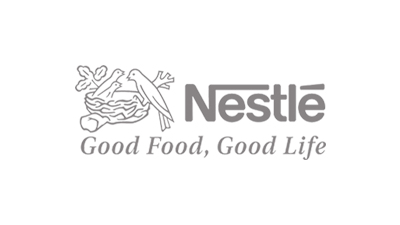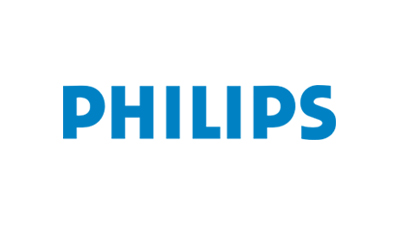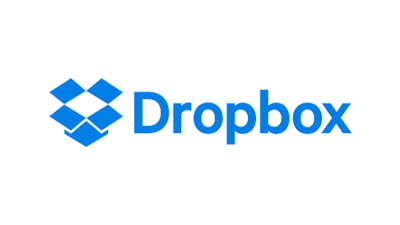This report studies the global market size of Organic Edible Oil in key regions like North America, Europe, Asia Pacific, Central & South America and Middle East & Africa, focuses on the consumption of Organic Edible Oil in these regions. This research report categorizes the global Organic Edible Oil market by players/brands, region, type and application. This report also studies the global market status, competition landscape, market share, growth rate, future trends, market drivers, opportunities and challenges, sales channels, distributors and Porter's Five Forces Analysis. Organic Edible Oil are produced in remarkable diversity by plants through natural metabolic processes. Organic edible oils are free of artificial ingredients because they are made from natural ingredients. It is considered as a healthier alternative by consumers. The rising awareness about the health benefits of organic edible oil is driving the demand for organic oil products. Organic edible oil is stays fresh for a longer time, contains more beneficial nutrients and imparts more energy. Moreover, the consumption of organic oil also improves the consumers physical and mental health. The production process of organic edible oil eliminates the need for pesticides, herbicides, and other similar substances, which in turn, prevents the accumulation of toxins in the body. With the awareness on the benefits of its consumption, the demand for organic edible oil will increase in the coming years. The organic edible oil market is characterized by the presence of many vendors. These vendors are increasingly competing against each other based on factors such as quality, innovation, product, price, and distribution. They are focusing on continuous innovations and product launches. The performance of these vendors depends on the changing consumer perception, spending patterns, tastes, and demographic trends. A majority of consumers in APAC prefer soybean oil, palm oil, canola oil, and Camellia Oil. Soybean and Camellia Oil is produced in a large-scale in countries such as China and India. The consumption of oil is high in APAC due to their easy availability and low cost. The rising preference for safer and nutritious edible oil over traditional oil is driving the demand for organic edible oil in the region. In 2017, the global Organic Edible Oil market size was xx million US$ and is forecast to xx million US in 2025, growing at a CAGR of xx% from 2018. The objectives of this study are to define, segment, and project the size of the Organic Edible Oil market based on company, product type, application and key regions. The various contributors involved in the value chain of Organic Edible Oil include manufacturers, suppliers, distributors, intermediaries, and customers. The key manufacturers in the Organic Edible Oil include Cargill Nutiva EFKO Group Catania Spagna Viva Labs Aryan International Daabon Organic NOW Foods Adams Group Dasanxiang Henan Lvda Market Size Split by Type Canola Oil Soybean Oil Camellia Oil Palm Oil Olive Oil Peanut Oil Coconut Oil Market Size Split by Application Household Commercial Market size split by Region North America United States Canada Mexico Asia-Pacific China India Japan South Korea Australia Indonesia Singapore Malaysia Philippines Thailand Vietnam Europe Germany France UK Italy Spain Russia Central & South America Brazil Rest of Central & South America Middle East & Africa GCC Countries Turkey Egypt South Africa The study objectives of this report are: To study and analyze the global Organic Edible Oil market size (value & volume) by company, key regions/countries, products and application, history data from 2013 to 2017, and forecast to 2025. To understand the structure of Organic Edible Oil market by identifying its various subsegments. To share detailed information about the key factors influencing the growth of the market (growth potential, opportunities, drivers, industry-specific challenges and risks). Focuses on the key global Organic Edible Oil manufacturers, to define, describe and analyze the sales volume, value, market share, market competition landscape, SWOT analysis and development plans in next few years. To analyze the Organic Edible Oil with respect to individual growth trends, future prospects, and their contribution to the total market. To project the value and volume of Organic Edible Oil submarkets, with respect to key regions (along with their respective key countries). To analyze competitive developments such as expansions, agreements, new product launches, and acquisitions in the market. To strategically profile the key players and comprehensively analyze their growth strategies. In this study, the years considered to estimate the market size of Organic Edible Oil are as follows: History Year: 2013-2017 Base Year: 2017 Estimated Year: 2018 Forecast Year 2018 to 2025 This report includes the estimation of market size for value (million US$) and volume (MT). Both top-down and bottom-up approaches have been used to estimate and validate the market size of Organic Edible Oil market, to estimate the size of various other dependent submarkets in the overall market. Key players in the market have been identified through secondary research, and their market shares have been determined through primary and secondary research. All percentage shares, splits, and breakdowns have been determined using secondary sources and verified primary sources. For the data information by region, company, type and application, 2017 is considered as the base year. Whenever data information was unavailable for the base year, the prior year has been considered.
Table of Contents 1 Study Coverage 1.1 Organic Edible Oil Product 1.2 Key Market Segments 1.3 Key Manufacturers Covered 1.4 Market by Type 1.4.1 Global Organic Edible Oil Market Size Growth Rate by Type 1.4.2 Canola Oil 1.4.3 Soybean Oil 1.4.4 Camellia Oil 1.4.5 Palm Oil 1.4.6 Olive Oil 1.4.7 Peanut Oil









